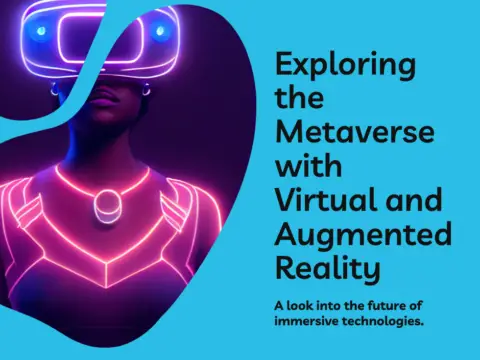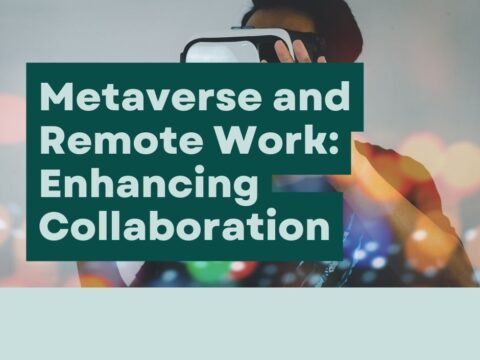The Metaverse, a rapidly evolving digital realm, is on the cusp of a groundbreaking transformation through the integration of blockchain technology. In this exploration, we dive into the intricate journey of blockchain merging with the Metaverse and the profound implications this convergence could have on virtual experiences, economies, and beyond.
The Current State of the Metaverse:
Before delving into the future, let’s first understand the present landscape of the Metaverse. Comprising virtual worlds, augmented reality, and immersive digital experiences, the Metaverse sets the stage for a new era of interconnected, digital spaces.
Blockchain Integration Timeline:
As we look forward, there’s a burgeoning interest in the integration of blockchain with the Metaverse. In the short term, ongoing initiatives aim to lay the groundwork, with medium to long-term projections envisioning a seamless and comprehensive integration.
Decentralized Virtual Assets:
One key aspect of this integration is the shift from centralized to decentralized ownership of virtual assets. This move promises increased security, transparency, and ownership rights for users navigating the intricacies of the Metaverse.
Tokenization of Virtual Real Estate:
The concept of tokenizing virtual land and property emerges as a transformative force. This tokenization brings forth enhanced liquidity, tradeability, and ownership verification, reshaping virtual real estate transactions.
Interoperability Across Platforms:
A pivotal goal is achieving interoperability across different virtual environments. This shift ensures users can seamlessly transfer assets and identities across diverse Metaverse platforms, fostering a more connected digital experience.
Blockchain-Based Identities:
A fundamental transition involves moving from centralized identity systems to blockchain-based solutions. This shift promises improved security, privacy, and user control over personal data within the Metaverse.
Smart Contracts for Virtual Transactions:
The integration of programmable contracts within virtual environments introduces streamlined and trustless virtual transactions. This spans from in-game purchases to virtual services, enhancing the efficiency of virtual economies.
Decentralized Autonomous Organizations (DAOs) in the Metaverse:
The emergence of DAOs governing virtual communities and economies is a notable development. These community-driven entities reshape decision-making, governance, and resource allocation within the Metaverse.
NFTs and Virtual Creations:
Non-Fungible Tokens (NFTs) take center stage as the standard for representing virtual assets. This dominance empowers creators with direct monetization, provenance tracking, and royalties for their virtual creations.
Virtual Economies and Cryptocurrencies:
Native cryptocurrencies become the backbone of Metaverse economies, with implications for monetary policies, inflation resistance, and economic autonomy within these digital realms.
Blockchain Gaming and Metaverse Synergy:
The seamless merging of blockchain gaming with the broader Metaverse promises improved gaming experiences, true ownership of in-game assets, and cross-game interoperability.
Security and Trust in the Metaverse:
Blockchain plays a crucial role in reinforcing security and trust mechanisms in virtual interactions, mitigating fraud, ensuring fair transactions, and fostering a secure virtual environment.
Challenges and Considerations:
Despite the transformative potential, challenges like scalability and navigating the evolving regulatory landscape must be addressed as blockchain integrates with the Metaverse.
Conclusion: In the coming years, the integration of blockchain with the Metaverse is poised to redefine digital experiences, economies, and interactions. This convergence represents a transformative journey towards decentralized, transparent, and user-centric virtual spaces, ushering in a new era in the evolution of the Metaverse.





